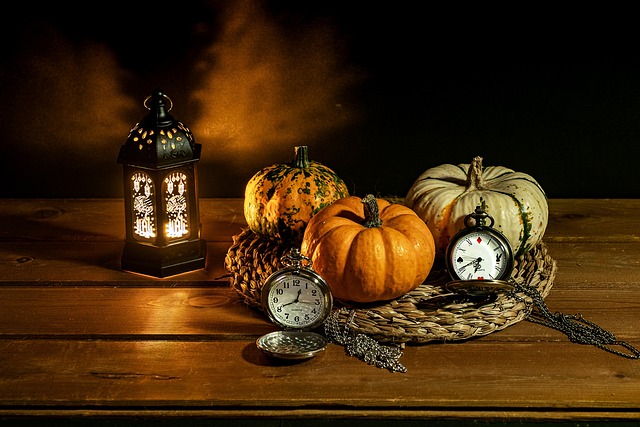Mastering the Art of Composition: The Design Principles of Photography
In the world of photography, composition is not merely a technical requirement; it’s an art form that speaks to the heart and soul of both the creator and the viewer. Understanding the principles of composition can transform an ordinary image into a breathtaking piece of art, striking a chord with anyone who has the pleasure of beholding it. This dance between design and emotion is what makes photography a powerful medium.
Embracing the Rule of Thirds
One of the foundational principles of composition is the Rule of Thirds. Imagine a grid laid over your frame, dividing it into nine equal segments. By positioning your subject along these lines or at their intersections, you create tension, balance, and interest within the image. It’s not just a formula; it’s a way to guide the viewer’s eye through your photograph, allowing them to engage with the elements you consider important.
Leading Lines and Patterns
Patterns and leading lines are visual tools that can effortlessly draw the viewer into your photograph. Whether it’s a winding road, a row of trees, or the edge of a building, leading lines direct attention and create depth. This technique invites the eye to explore further, making your composition not just a static capture, but a journey that captivates the imagination.
Framing and Depth
Another way to enhance your composition is through framing. By using elements within your environment—like tree branches, windows, or doorways—you can create a natural frame that draws attention to your subject. This technique not only provides context but also adds layers to your photo, lending a sense of depth that immerses the viewer in the scene. It’s about creating a world where every detail feels intentional and significant.
The Power of Simplicity
While complexity has its allure, sometimes simplicity can be the most powerful aspect of composition. A minimalist approach allows you to focus on the essence of your subject, stripping away distractions that might detract from your message. The elegance of simplicity lies in its ability to evoke emotion; less truly can be more.
Balancing Elements
Balance in composition is akin to harmony in music. It’s the equilibrium between various elements within your frame: light and shadow, colors and textures, and the positive and negative space. A well-balanced composition is visually appealing and creates a sense of stability, guiding the viewer’s experience and encouraging them to explore your work more deeply.
Experimenting with Angles and Perspectives
The angle from which you capture an image can dramatically impact its composition. By experimenting with different perspectives—be it an aerial view, a low angle, or a close-up—you can unveil new interpretations of your subject. This exploration leads to unique compositions that tell stories in ways that standard views cannot.
Color and Emotion
Lastly, color plays a pivotal role in photography composition. The right color palette can evoke specific emotions and set the mood for your images. Warm tones can bring a sense of comfort and intimacy, while cool tones might convey calmness and serenity. Understanding how to manipulate color within your compositions can transform your storytelling, making your photographs resonate on a deeper level.
As you embark on your journey to master the art of composition, remember that it is both a science and an art. Embrace the rules, but don’t hesitate to break them when the moment calls for it. Photography is as much about personal expression as it is about technical proficiency, and your unique voice will shine through when you consciously engage with the principles of design. Let your compositions become a canvas onto which your vision and emotions are poured, creating a tapestry that connects you to the world around you.




